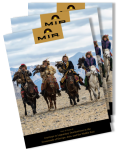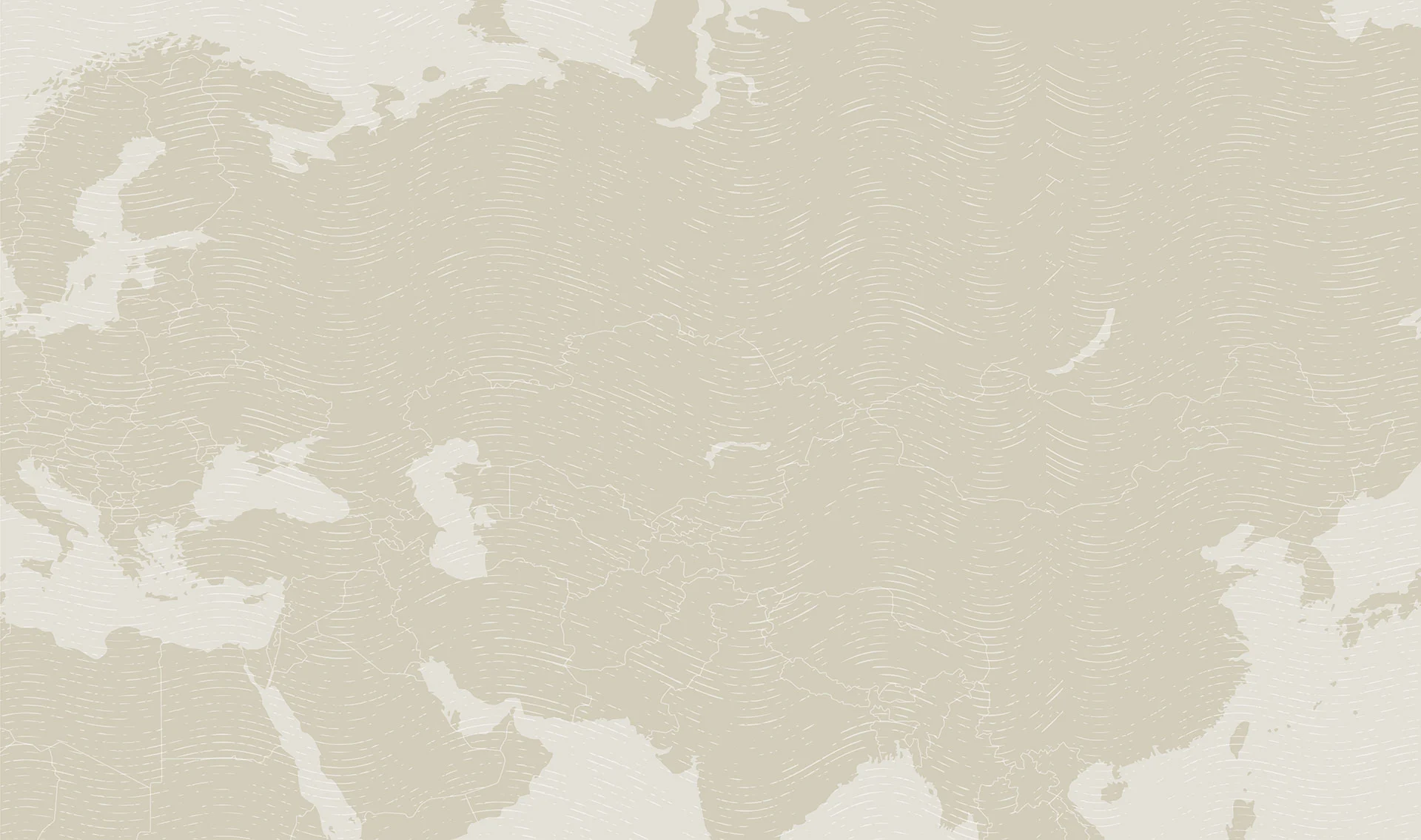Trip Finder
Showing results 1-12 of 123
-
 Small Group
Small Group -
Agent FAM!
 Small Group
Small Group -
Don't miss out
 Small Group
Small Group -
Festival tour!
 Small Group
Small Group -
 Small Group
Small Group -
Jun 6 Rose Fest
 Small Group
Small Group -
 Small Group18 Days From $7,495Departures:2025 (1), 2026 (1)
Small Group18 Days From $7,495Departures:2025 (1), 2026 (1) -
 Small Group
Small Group -
 Small Group18 Days From $9,095Departures:2025 (1), 2026 (1)
Small Group18 Days From $9,095Departures:2025 (1), 2026 (1) -
 Small Group
Small Group -
Fully Escorted
 Small Group
Small Group -
 Small Group
Small Group
Start Dreaming
Request our free, full-color 170 page 2025-2026 digital Catalog detailing over 70 small group tours, independent trips, and rail journeys by private train.














